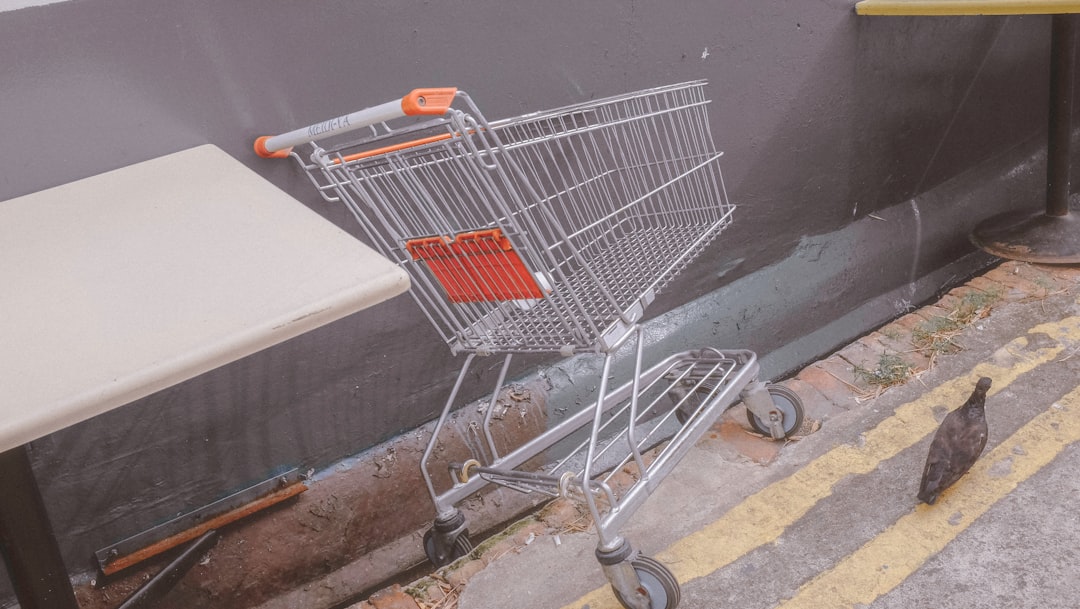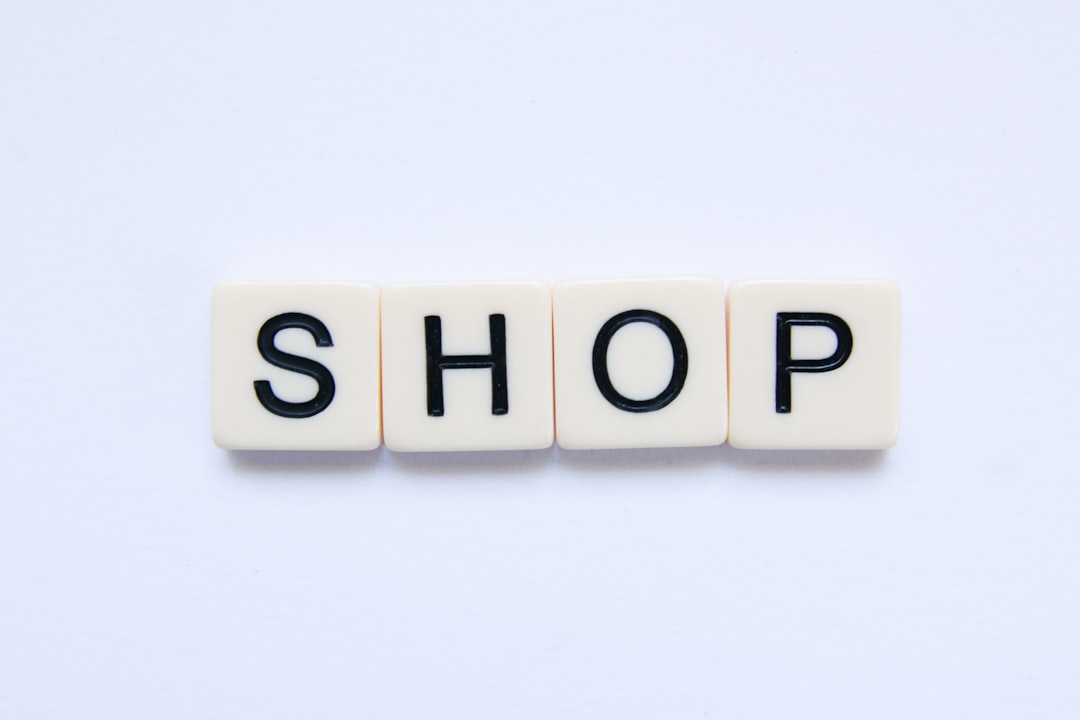Table of Contents
It’s happened to every online store owner. A customer is browsing, they add items to their cart, and then… they vanish. No purchase, no goodbye—just an abandoned cart floating in your system. These shoppers are often labeled as “ghosts.” But what if these ghost shoppers could be brought back from the shadows—not just to complete the sale, but to become loyal, repeat customers? The humble abandoned cart message might just be the secret weapon to make that happen.
TLDR:
Abandoned cart messages are more than just reminders—they’re strategic tools for customer re-engagement. Thoughtfully crafted emails can re-ignite a shopper’s interest, encourage conversions, and build brand loyalty. By using personalization, timing, incentives, and storytelling, businesses have turned once-lost customers into return buyers and raving fans. With the right approach, even a single reminder can lead to long-term customer relationships.
The Problem with Ghost Shoppers
Online shoppers abandon carts for many reasons—price concerns, distractions, comparison shopping, or even just second thoughts. In fact, studies have shown that nearly 70% of shoppers abandon their carts. At first glance, this seems like lost revenue. In reality, it’s a golden opportunity.
Ghost shoppers are not cold leads—they’ve already expressed interest. They browsed the site, chose products, and headed toward checkout. They’re warm leads that simply need a nudge. Enter abandoned cart messages.
The Turning Point: Using Abandoned Cart Messages Strategically
What separates an ignored cart reminder from one that re-engages a customer? It’s more than just saying, “Hey, you forgot your items!” High-performing abandoned cart messages are crafted with insights, empathy, and urgency.
1. Personalization Is Key
Using the shopper’s name, referencing the items they left behind, and even commenting on browsing habits adds a human touch. Shoppers are more likely to return when they feel seen—not just targeted.
- Include product images of the abandoned items
- Reference benefits of those specific products
- Match the tone to the brand’s personality
All of this demonstrates that the brand noticed and valued the shopper’s time and interest, which builds trust.
2. Perfecting the Timing
Successful abandoned cart campaigns typically involve a series of messages, not just one. Timing matters. Leading brands recommend sending messages at strategic intervals:
- First message: 1–2 hours after cart abandonment
- Second message: 24 hours later
- Third message: 3–5 days later, often with a stronger incentive
Each email acts as both a reminder and a re-engagement opportunity.

Real Success Stories That Changed the Game
Several online retailers have transformed their relationship with ghost shoppers by carefully leveraging abandoned cart messages. Let’s look at a few examples:
Apparel Brand Case Study: Turning Browsers into Brand Ambassadors
A mid-sized fashion retailer noticed a 68% abandon rate in their online store. After reviewing customer feedback and testing new email flows, they revamped their abandoned cart series. Instead of basic reminders, each message told a short, engaging story about the product category—like how a particular pair of boots was manufactured sustainably or the designer’s inspiration behind a dress line.
The result? Their cart recovery rate increased by 34%, and, even more impressive, 18% of those who returned made repeat purchases within 60 days. The takeaway: emotion + storytelling + timing = brand loyalty.
Subscription Box Company: Incentives Done Right
This company offered curated monthly boxes of gourmet snacks. When a customer left their cart behind, their first reminder email included previews of snacks they nearly ordered. The second email offered a modest 10% discount if they completed the purchase within 48 hours. The third email shared testimonials from happy subscribers along with the note, “You’re just one box away from your new favorite snack.”
The 3-message sequence felt helpful rather than pushy, and helped them recover 22% of abandoned carts. Plus, they saw a 15% rise in customer retention after implementing the workflow.

Nurturing Loyalty After the Recovery
But cart recovery is only step one. The ultimate victory is turning those transient shoppers into loyal fans. What happens after the sale is just as important:
- Send a thank-you email post-purchase with links to helpful guides or videos related to their product
- Invite them into loyalty programs or offer referral perks
- Follow up emails encouraging feedback or showcasing how to use their new purchase
When shoppers feel like they’re part of a community—and not just caught in a sales funnel—they’re more likely to return again and again.
The Power of Automation and Insights
Modern marketing platforms allow retailers to automate this whole process. By combining behavioral data, user segmentation, and A/B testing, brands can fine-tune their approach to each individual customer. Tools like Klaviyo, Mailchimp, and ActiveCampaign give marketers a clear roadmap for re-engagement success.
Smart tools enable features such as:
- Identifying high-value cart abandoners
- Sending social-proof elements in follow-up messages
- Tracking which messages lead to conversions or unsubscribes
By acting on this data, companies turn ghost shoppers into raving fans who advocate and buy again.
Conclusion: The Message That Makes the Difference
Abandoned cart messages might start as recovery tools, but in the hands of thoughtful marketers, they become the first chapter of lasting customer relationships. By prioritizing personalization, timing, and customer experience, businesses can transform a missed opportunity into a brand-building moment.
Ghost shoppers aren’t lost—they’re just waiting for the right invitation home.
Frequently Asked Questions (FAQ)
Q1: How many abandoned cart emails should I send?
A well-structured sequence typically includes 2–3 abandoned cart emails spaced over a few days. The first is a simple reminder, the second may include an incentive, and the third can include testimonials or urgency.
Q2: What is the best time to send an abandoned cart message?
Industry best practices recommend sending the first email 1–2 hours after cart abandonment to catch the customer while the interest is still high.
Q3: Should I include discounts in my abandoned cart messages?
Including a discount or incentive can be effective, especially in the second or third email. However, be careful not to overuse discounts as it may train customers to wait for deals.
Q4: How do I personalize abandoned cart emails effectively?
Personalization can include the shopper’s name, images of the left-behind products, specific product benefits, or past browsing behavior. Ensuring relevant content keeps the shopper engaged.
Q5: Can abandoned cart emails help improve customer loyalty?
Yes, when done right. These messages re-engage lost customers and create opportunities to establish brand trust, introduce your community, and request feedback—all of which build loyalty.

